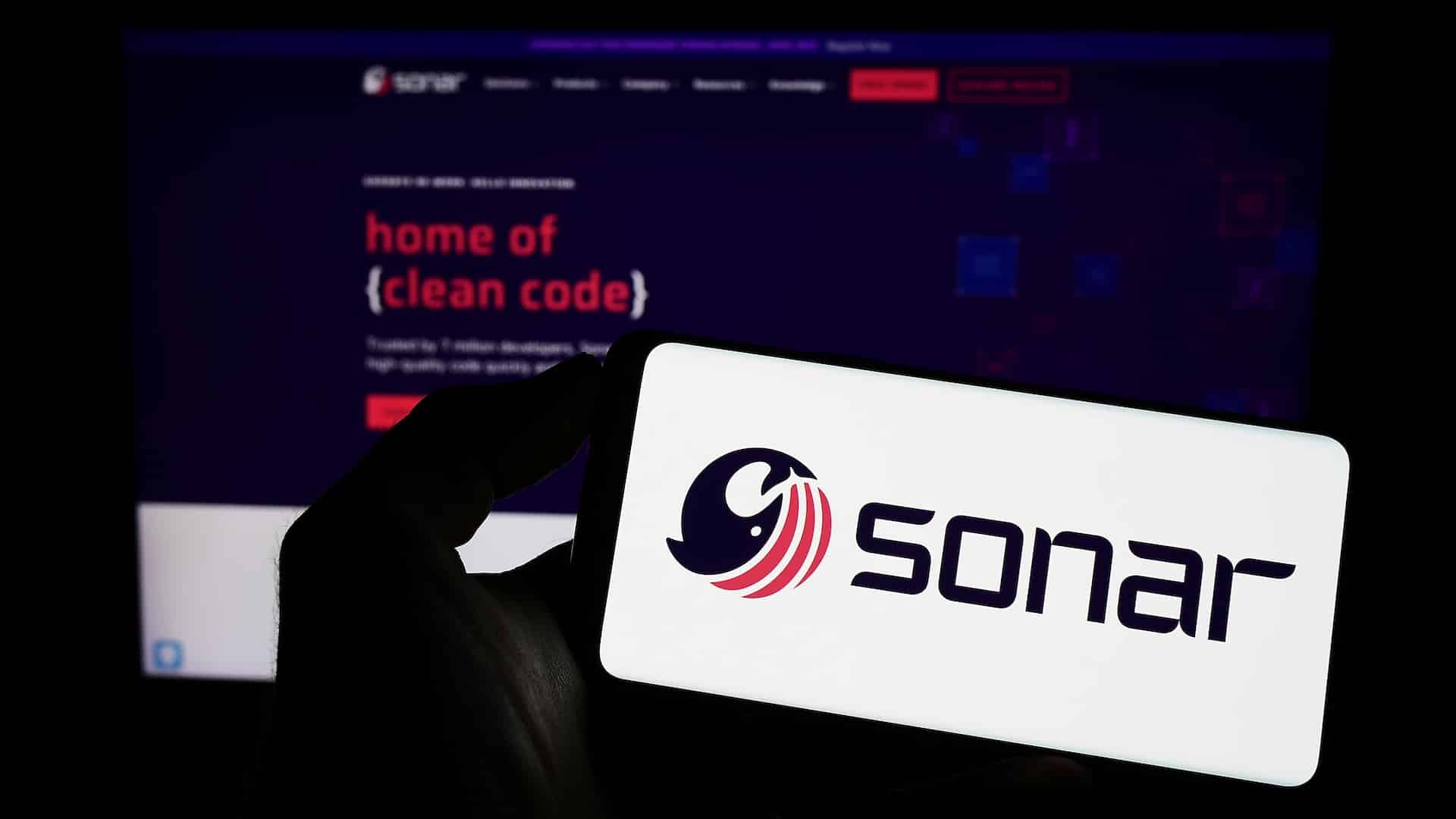With digital threats constantly evolving, corporate cybersecurity is a top priority. Endpoint security plays a vital role in protecting your business devices and maintaining a secure network.
Find out more about endpoint security, common threats, endpoint protection solutions and effective strategies for securing your system.
What is endpoint security?
Endpoint security refers to all the measures and technologies implemented in order to protect the devices connected to a network: computers, smartphones, tablets or even connected objects. These devices, often referred to as “endpoints”, are potential access points for cyberattacks.
The main aim of endpoint security is to prevent unauthorized access and detect suspicious activity before it causes major damage.
Unlike traditional perimeter barriers such as firewalls, endpoint security intervenes directly at device level. This granular approach allows for more targeted and effective management of threats.
Endpoint protection and antivirus software: what are the differences?
Many users confuse endpoint security with conventional antivirus software. Although both are designed to keep computer systems secure, they differ in scope and functionality.
Antivirus software focuses primarily on detecting and removing known malware. It often relies on signature databases that need to be regularly updated in order to identify new threats.
Endpoint security takes a proactive, integrated approach. It combines several layers of protection, such as firewalls, behavioral detection and sandboxing mechanisms, to analyze and neutralize even threats that are unknown.
While a standard antivirus program may be sufficient for an individual user, companies requiring holistic network protection should opt for endpoint security solutions. These solutions also provide advanced monitoring, reporting and incident response capabilities, ensuring optimum security within complex IT environments.

Common threats to endpoints
Threats to endpoints are varied and constantly evolving. Understanding these dangers is key to implementing an effective protection strategy.
Malware and ransomware that targets endpoints
Malware represents a broad category of harmful applications that can take various forms, such as viruses, Trojans and spyware. If malware is installed on an endpoint, it can lead to data loss, reduced performance or even unauthorized access to sensitive information.
Ransomware, a sub-category of malware, encrypts files on the device affected. Users are then forced to pay a ransom to regain access to their data. Ransomware targets both individual users and large organizations, incurring substantial financial and operational costs.
The spread of malware and ransomware is becoming increasingly complex, with a variety of attack vectors including phishing emails, compromised websites and pirated software. Endpoint security solutions must have robust detection and defence mechanisms built into them, to counter this growing threat.
Attacks via unsecured devices
In addition to software threats, endpoints can also be vulnerable to hardware attacks. The use of unsecured external devices such as USB sticks, printers or even IoT sensors can open up gaps in an organization’s security system.
These so-called ‘peripherals’, often overlooked, are vitally important when it comes to protecting the devices connected to a network. Attackers can use infected USB sticks to slip malware into the system of an inattentive employee. By hacking unprotected IoT sensors, cybercriminals can gain access to critical industrial networks.
To mitigate these risks, it is essential to have strict device management policies in place. Building in protocols for authenticating, monitoring and controling the connections of all peripherals greatly reduces the potential for intrusion.
If these practices are complemented with awareness-raising training, to encourage employees to adopt prudent practices, cybersecurity within the company as a whole will be reinforced.

Endpoint security solutions
There are several endpoint security solutions that provide effective protection for the devices connected to your network:
- Antivirus and anti-malware software,
- Firewalls and VPNs for endpoints,
- Access management tools.
Each of these solutions plays a key role in protecting against digital threats.
Antivirus and anti-malware software
Antivirus and anti-malware software is often the first line of defence against cyberattacks. It is designed to detect, prevent and eliminate any malware attempting to infiltrate your systems.
By using a database that is kept regularly updated, these tools quickly identify and neutralize new threats. It’s essential to choose solutions that offer real-time protection and regular system analysis, to ensure that no malware can infiltrate the system undetected.
Firewalls and VPNs for endpoints
A well-configured firewall is essential for filtering the traffic going in and out of your network. It blocks unauthorized connections, while allowing legitimate activities to take place. Firewalls also offer advanced functions such as intrusion detection and behavioral analysis of network traffic.
VPNs (virtual private networks) also play an important role in encrypting the data exchanged between endpoints and the central network, making it more difficult for attackers to intercept or alter communications. It is particularly important to use a secure VPN when employees are connecting to the corporate network remotely.
Access management tools
Access management involves the use of strategies and technologies aimed at controlling who can access what within the organization. Role-based access controls (RBAC) enable access rights to be restricted to only those users who need them for their tasks.
Multi-factor authentication (MFA) also enhances security by requiring additional proof of a user’s identity before granting access to sensitive resources. The use of complex passwords, combined with secondary authentication factors such as SMS codes or authentication applications, can dramatically reduce the risk of unauthorized access.

How to set up an effective endpoint security strategy
Implementing a robust endpoint security strategy is not just a question of technology, but also of clear policies and appropriate user training. Here are a few key steps to follow in order to guarantee optimum endpoint protection.
Regularly update your software and devices
Software updates are not just about adding new features; they are also about fixing security flaws. Each device connected to your network must have the latest versions of its operating system and applications.
It is recommended that you adjust your settings so that you receive automatic updates, to guarantee instant protection against any threat exploiting a newly discovered software vulnerability. Proactive patch management significantly reduces the risk of being compromised due to known vulnerabilities.
Raising users' awareness about good safety practices
Users are sometimes the weakest link in the security chain. That’s why it’s vital to make them aware of good cybersecurity practices.
This includes giving them regular training on recognizing phishing attempts, using strong passwords and treating suspicious links and files with caution.
Encouraging a culture of vigilance can go a long way towards reducing the human errors that can lead to security incidents, and informing users about the procedures to follow in the event of an incident can limit the damage caused by a possible intrusion.
Use centralized endpoint management solutions
Centralized endpoint management provides complete visibility of all the devices connected to your network. Unified endpoint management (UEM) tools enable all endpoints – smartphones, tablets, laptops and other IoT (Internet of Things) devices – to be monitored, managed and secured efficiently.
These solutions also facilitate the implementation and enforcement of uniform security policies, ensuring consistency and compliance across the entire IT environment.
Qim info helps you secure your company's endpoints
Protecting your company’s endpoints against cyberthreats requires a structured approach and in-depth expertise. Qim info specializes in endpoint security and offers solutions tailored to your specific needs.
Our team of cybersecurity experts works with you to assess potential risks, deploy customized solutions and train your teams on best practices in IT security. Whether it’s installing high-performance antivirus software, configuring robust firewalls and VPNs, or bringing in advanced access management tools, we offer you complete solutions.
You can trust Qim info to help you create a secure network environment, protected against cyber attacks and resilient enough to withstand future malicious threats.







